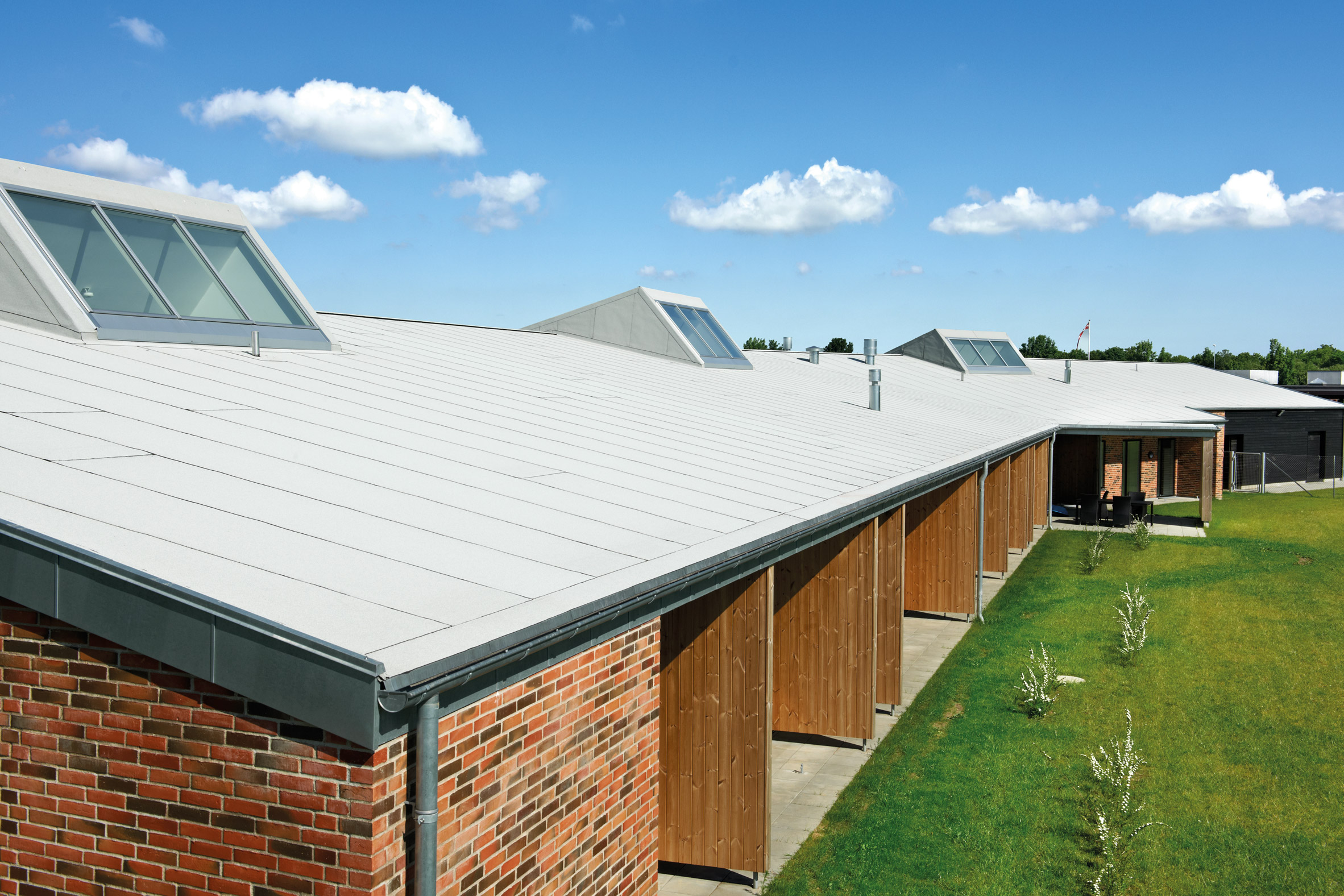Commercial HVAC
Mar 2021
Sustainable Roofing: A Deep Dive into Eco-Friendly Commercial Roofing Options

In the world of commercial real estate, sustainability is no longer just a buzzword. It's become an essential part of how we think about our buildings and their impact on the environment.
From energy-efficient HVAC systems to green interior design, many aspects of commercial properties have been touched by the green revolution. But what about the roof over your head?
The choice of roofing material can have a significant impact on a building's overall sustainability. Let's explore how different commercial roofing materials affect the environment and the eco-friendly alternatives available today.
The Environmental Impact of Traditional Roofing Material
Traditional roofing materials like asphalt shingles, built-up roofing, and single-ply membranes have been the industry standard for years. But these materials can have a significant environmental footprint:
- Energy Consumption: The production of traditional roofing materials is often energy-intensive, contributing to greenhouse gas emissions.
- Waste Generation: Traditional roofing systems frequently require replacement, leading to a considerable amount of construction waste.
- Heat Islands: Many traditional roofing materials absorb and re-radiate the sun's heat, contributing to urban heat island effects and increasing cooling costs.
Exploring Eco-Friendly Roofing Options
Given these challenges, it's clear that we need sustainable alternatives. Here are some eco-friendly roofing options:
- Cool Roofs: Cool roofs reflect more sunlight and absorb less heat than standard roofs, reducing energy costs, improving indoor comfort, and mitigating the urban heat island effect.
- Green Roofs: A green roof is covered with vegetation, reducing stormwater runoff, providing insulation, and creating habitat for wildlife. It also helps to mitigate the urban heat island effect.
- Solar Roofs: These roofs incorporate solar panels into the roofing material, generating clean, renewable energy while also serving as a protective roof covering
- Recycled-Content Roofing: Some manufacturers now produce roofing materials with a significant percentage of recycled content, reducing the demand for virgin materials and cutting down on waste.
The Benefits of Sustainable Roofing
Switching to sustainable roofing materials has a number of advantages:
- Energy Efficiency: Cool roofs and green roofs can significantly reduce energy costs by reflecting sunlight and providing natural insulation.
- Reduced Waste: Recycled-content roofing materials and longer-lasting alternatives like metal roofing help to cut down on construction waste.
- Tax Incentives: Many jurisdictions offer tax incentives or rebates for installing sustainable roofing, helping to offset the initial investment.
- Improved Public Image: Using sustainable roofing materials can enhance a company's reputation as a green business.
{{banner-session="/templates"}}
It's clear that sustainable roofing offers a wealth of benefits, from environmental impact to cost savings. As we face the challenges of climate change, making the shift to sustainable materials in every aspect of our commercial properties, including roofing, is more important than ever.
Are you ready to invest in a greener future for your commercial property? Contact us today to request your free sustainability consultation. Our team of experts will help you explore the best sustainable roofing options for your property's unique needs.
Related posts
Newsletter
Sign up for our newsletter to get the latest news, updates, and exclusive offers.
